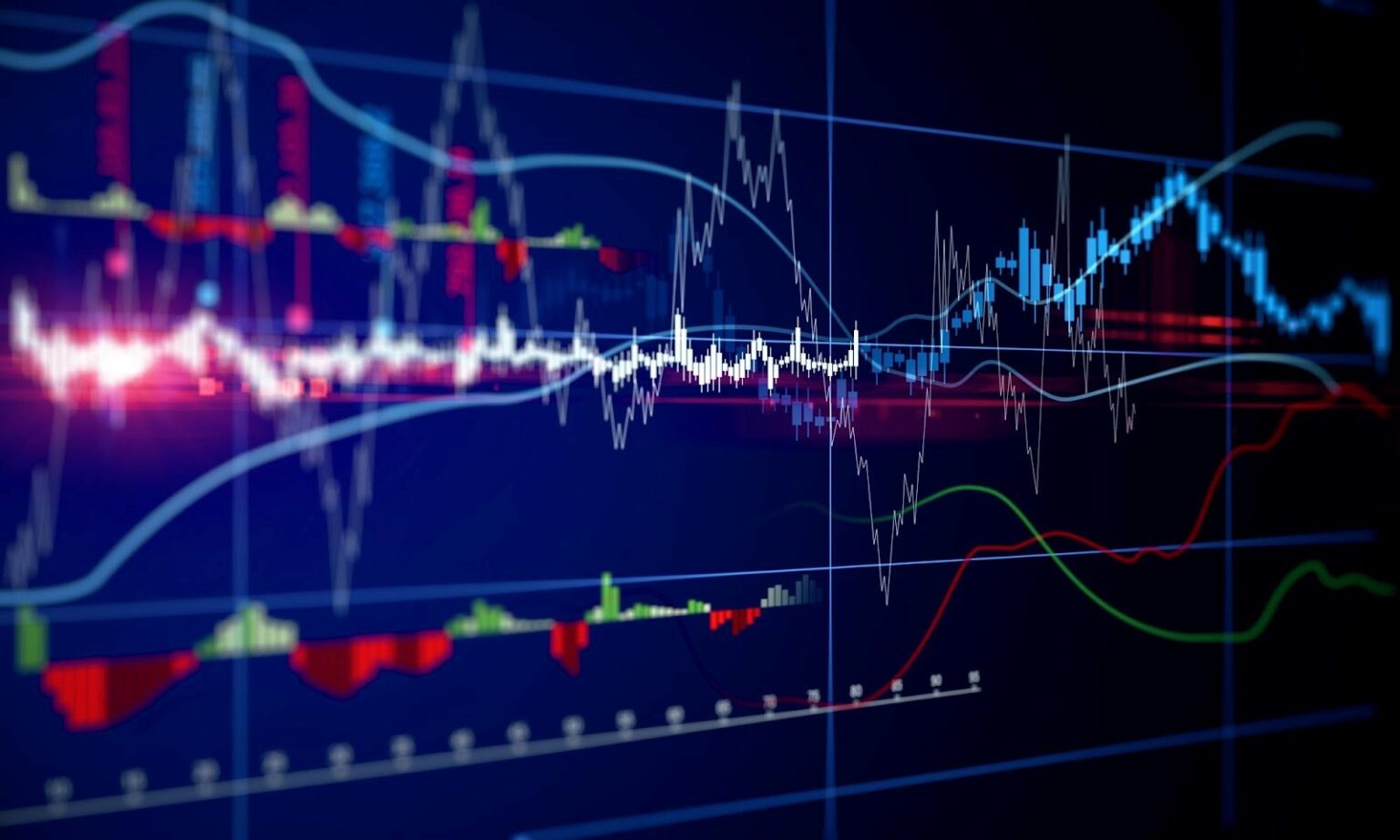
Traders Union Experts selected the best moving average crossover strategies in 2023
Moving averages are widely favored by both traders and investors due to their ability to smooth out price data, enabling the identification of trends, potential entry and exit points, and the assessment of market direction. Among traders, moving average crossover strategies have become increasingly popular as they offer a distinct signal indicating optimal trade entry and exit times. In this article, the Traders Union team of analysts explores the best moving average crossover strategies and their application in different trading scenarios.
Understanding Moving Averages
Moving averages help traders spot trends and potential trading opportunities by smoothing out price data over a specific period. They are calculated by averaging a set of values over a predefined length. To calculate moving averages, traders can use different durations, ranging from minutes to hours. However, TU analysts note that they are lagging indicators as they rely on historical data.
Components of Moving Averages
Moving averages consist of three main components. The first component is the subset of values used to calculate the average. This subset shifts forward as new data is added, with the first element excluded and the most recent one included to maintain a fixed length. The second component involves the actual calculation of the average, which can be done using various methods such as simple moving average (SMA), weighted moving average (WMA), and exponential moving average (EMA). According to analysts at TU, The choice of method depends on the trader’s preference and intended use. The third component is the signal provided by the moving average, indicating trends and potential entry and exit points.
Types of Moving Averages
Traders can choose different types of moving averages based on their trading strategies. Traders Union experts selected the following types:
- Simple Moving Average (SMA): Calculated by averaging numeric values over a defined period. It is widely used by traders.
- Weighted Moving Average (WMA): Gives more weight to recent data, making it more responsive to market changes.
- Exponential Moving Average (EMA): Similar to WMA but with even more weight on recent data, making it highly responsive to market changes.
- Smoothed Moving Average (SMMA): Calculated by averaging the sum of the previous moving average with the current value, providing a smoother curve suitable for identifying longer-term trends.
- Adaptive Moving Average (AMA): Adjusts its sensitivity to market changes based on the volatility of the security being traded, making it more responsive in volatile conditions.
Top 4 Moving Average Strategies
Different Moving Average Strategies are currently used by traders on the market. TU experts have identified the following as the top 4 moving average strategies:
- Moving Average Ribbon Entry Strategy: Uses a combination of 5-8-13 SMAs on a two-minute chart to identify strong trends for buying or selling. Traders can enter positions when the ribbons align with the trend and wait for realignment in ranging markets.
- Golden Cross Strategy: Involves the 50-day SMA crossing over the 200-day SMA and staying above it, signaling a bullish movement. Traders enter long positions when the 50-day SMA closes above the 200-day SMA and exit when it closes below.
- 13-EMA and 26-EMA Strategy: The 13-EMA and 26-EMA strategy utilizes the 13-period exponential moving average (13-EMA) and the 26-period exponential moving average (26-EMA) to identify possible changes in market trends. When the 13-EMA crosses above the 26-EMA, it signifies a bullish trend, prompting traders to consider opening long positions. Conversely, when the 13-EMA crosses below the 26-EMA, it indicates a bearish trend, signaling traders to exit their existing long positions.
- Death Cross Strategy: Observes when the short-term moving average (e.g., 50-day) crosses below the long-term moving average (e.g., 200-day), indicating a transition from a bull to a bear market. Traders consider closing long positions or taking short positions to profit from this signal.
Conclusion
Moving averages are valuable tools when used correctly. EMAs are generally more effective than SMAs, and using short- and long-term EMAs can yield better crossover trading returns. That being said, Traders Union experts recommend traders monitor and adjust their moving averages regularly to improve their chances of success in the market.







